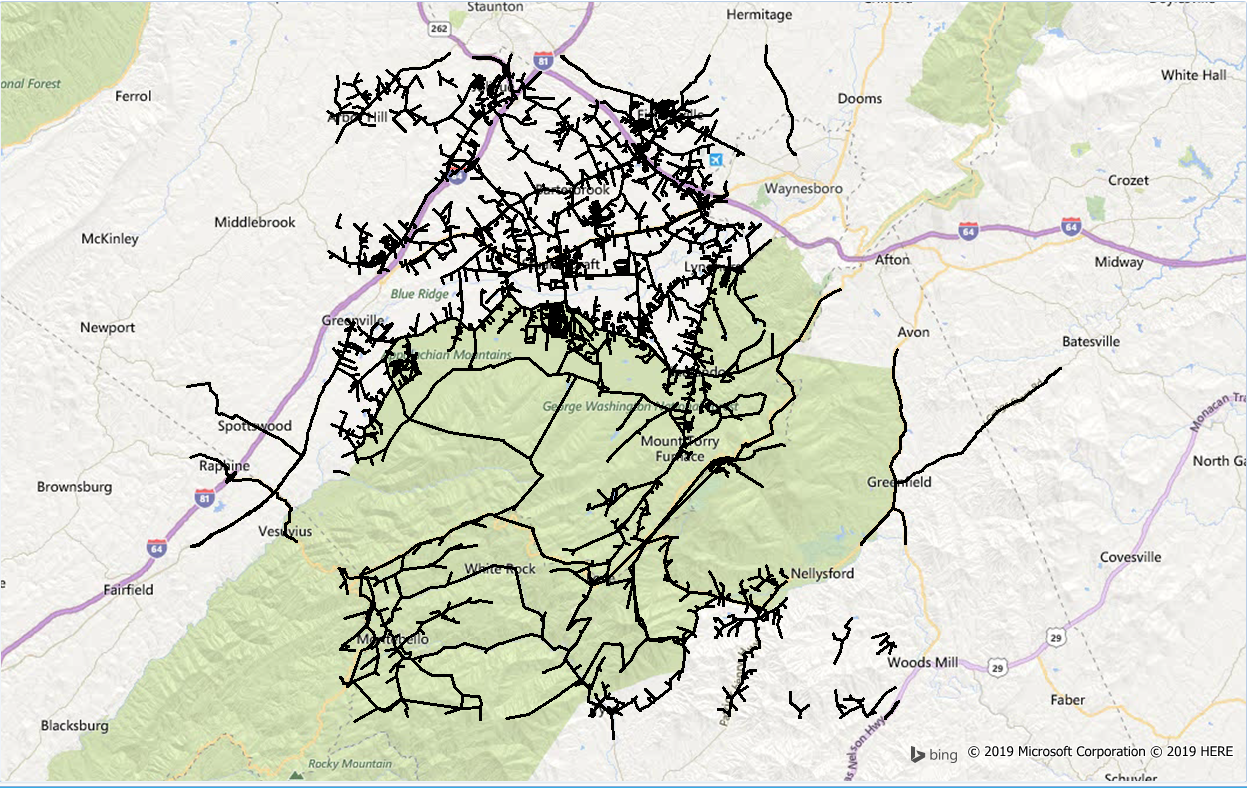Why is it Needed?
The localRoadsLoadFactor addresses a rare scenario where the routing engine could have calculated a shorter route. This could happen due to the current functionality of the routing engine that loads minor roads in memory only at the time of the calculation.
In such cases, you can use the localRoadsLoadFactor parameter to optimize the results by entering a higher value for this parameter and load more minor roads for calculation.
The number of minor roads loaded in memory is directly proportional to the value of localRoadsLoadFactor parameter. This means that a bigger value (3, for example) signifies more minor roads will be loaded in memory which may result in a more optimized route.
| When localRoadsLoadFactor is 1 | When localRoadsLoadFactor is 3 |
|---|---|
 |
 |